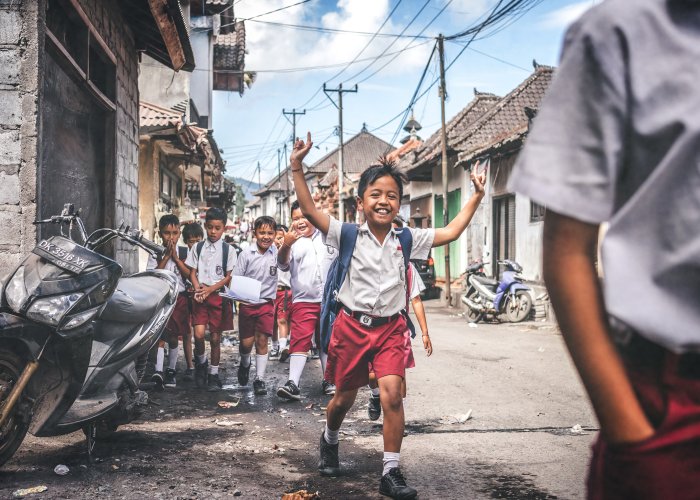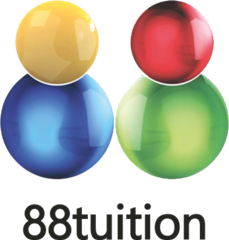“Intelligence plus character – that is the goal of true education.” – Martin Luther King Jr.
Singapore has one of the world’s highly reputed and well-regarded education systems. But does that mean that there’s no more room for improvement? Well, no! Even though we are considered front runners in quality of education, another country with a similar population as Singapore tops most rankings and surveys as having the best education system in the world – Finland. What are they doing differently, and how does it help their children have a better and holistic education? And what can we learn from them and adapt so that we better our system and ensure that our children are given the best possible educational facilities? Let us take a look.
Finland!
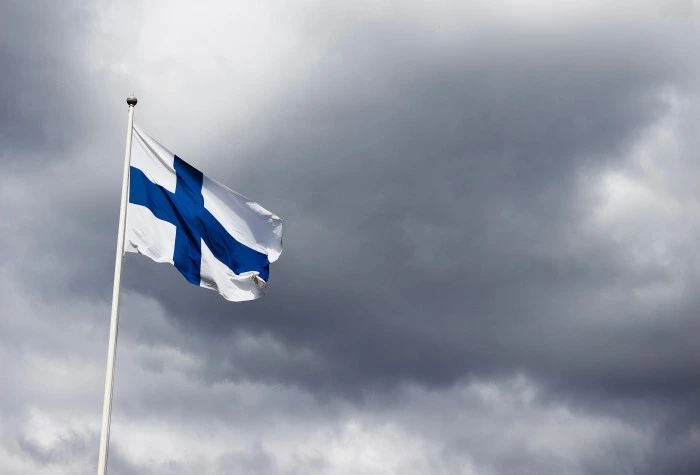
Finland, officially the Republic of Finland, is a Nordic country in Northern Europe and shares borders with Sweden, Norway, and Russia. It covers an area of 338,455 square kilometres, and the estimated population is about 5.5 million, with the vast majority being ethnic Finns. Helsinki is the capital and largest city. Finnish and Swedish are the official languages
Singapore vs Finland- Differences in the education system
Age when formal education starts
In Singapore, education is given such a priority that children start learning from the young age of 3. This can be the case for most countries too. But in Finland, children do not start learning until the age of 7. They want their children’s childhood and developmental ages to be free from the burden of school and studies. Also, Finnish students are only required to undergo 9 years of compulsory school education. Everything after that is optional.
Homework and chores
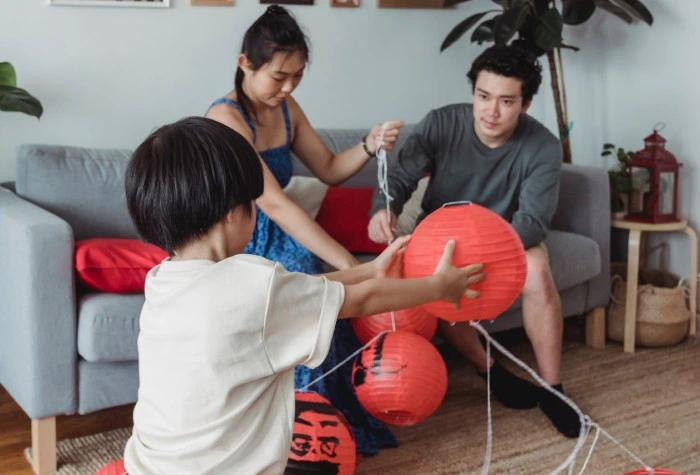
They don’t often have homework or have only a little to do. They do most of their learning at school and are left to their devices at home. They don’t want children to feel additional pressure or feel trapped and dragged down by having to study when they should be playing and being kids instead.
Selection of teachers
You need to possess at least a master’s degree to be a teacher in Finland and also need to have completed education in special training schools. Since the bar is set high, the pay given to teachers is also set fairly high. Most of the top passouts from universities opt to become teachers and that also helps raise a good population of capable and highly intelligent teachers who will be raising the next generation.
Let them see why it’s important to share
Children can be more understanding than you imagine. Sit down and have an open conversation with them on why sharing is important and how they have to improve on that aspect. Answer any questions they might have. Children will have a lot of doubts about why they should part with their things and possessions for others. Try to make them see the sense and deeper meaning in the act.
Grading system and exams
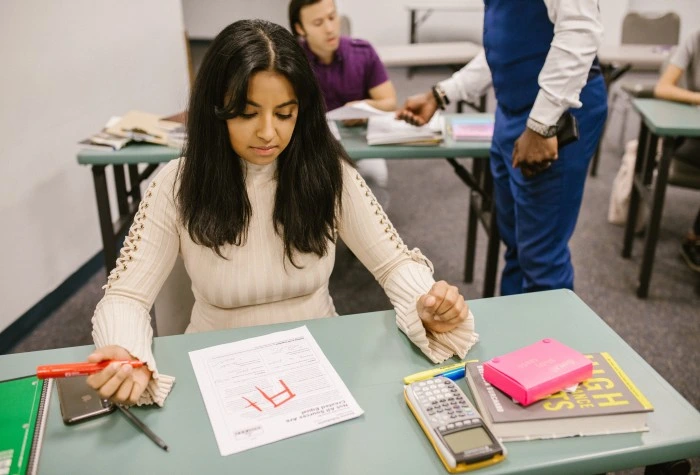
The grading system and exams are different in Singapore and Finland. There is no general or standardised grading system. Each student is graded individually by the grading system created by their teachers to suit their needs. The only exam that most students take in common is something called the National Matriculation Exam at the end of upper secondary school. But that is also optional. The overall progress is tracked by the Ministry of Education by sampling groups across different ranges of schools. Such a system helps reduce the pressure on students and seeing students for their abilities helps boost their confidence and helps develop their latent abilities.
Differences between schools
In Singapore, the standards between schools vary greatly. There are private as well as public schools and the differences between them are great. Even between public schools, there are staggering differences.
In Finland, there are practically no differences between different schools. They all have the same facilities and features. The students receive similar treatment and there is no competition between schools. Instead, a culture of cooperation is encouraged and grown.
Government support
Most of the credit for Finland’s current educational achievements goes to its educational reforms, mainly in the 1970s. The government spending on education stands at about 6.8 percent of the GDP in Finland. Education is made free from preschool to the university level. The reforms also made it so that there are no private schools and every school is publicly funded and similarly maintained.
Average number of students in a class
The average number of students per class is lower in Finland than in Singapore, which means that there is a higher teacher-to-student ratio. So, each teacher has a low number of students to give attention to. This helps them prepare individualised lesson plans and grading systems.
Teacher and Student relationships
In Singapore, the teachers change according to the grade your children are in. But in Finland, the students will have the same teacher for up to six years of their primary education. It helps the teachers and the children to get to know each other better and offers a chance for a mentor-mentee relationship rather than just a passing interaction. This is also the reason why teachers are required to have a master’s degree or above- so that they can keep up with the growing educational needs of the children through these 6 years.
Outright adopting the Finnish model won’t do us any good. But there are things we can adapt and implement within our educational system – like individualised grading systems, same teachers for several years during at least primary school, reducing the pressure on children and so can be adopted easily. Even if radical reform is not possible, we should agree that change is long overdue. It is time that we rethink the outdated teaching methods and educational systems of the past. We live in a fast-changing and ever-evolving world.
Just like the Finns, we should also be able to see and adapt to this truth. Their educational reforms and willingness to let go of practices from the past are what have brought them to be forerunners in the world education stage. So, let’s work together to set our country’s education system on a progressive path too! 🙂
Exam Smart Tips
Exam Smart Tip #1 – How to Encourage Our Kids to Speak Better?
Exam Smart Tip #2 – How to avoid carelessness?
Exam Smart Tip #3 – Establishing Routines!
Exam Smart Tip #4 – Let’s Read Carefully!
Exam Smart Tip #5 – Beating the Exam Fever!
Exam Smart Tip #6 – How to Eat Right for the Exams?
Exam Smart Tip #7 – How to Avoid a Meltdown?
Exam Smart Tip #8 – Taking Stress out of Tests
Who We Are
Mission statement – “Empower every student to achieve full potential”
88tuition Pte Ltd offers the best PSLE Tuition Singapore for children looking to ace the PSLE exam. With effective learning materials and high-quality explanatory videos by experienced trainers, children are provided with the best online PSLE tuition.
With the basics learnt well, children will be able to grasp advanced concepts easily. Looking for the best PSLE math tuition, PSLE Science tuition and PSLE English tuition in Singapore? 88tuition has got you covered. The online training videos and assessments are designed in a way that children are made to enjoy the learning process.
UEN 201817310C
271 Bukit Timah Road; #03-08; Singapore 259708

